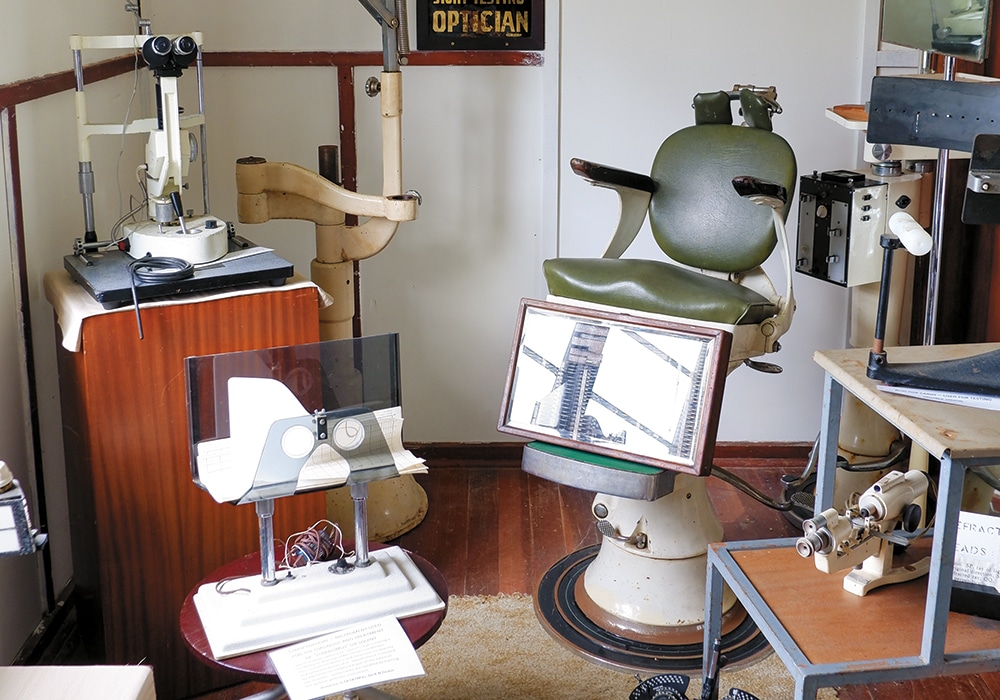Vivienne Haldane discovers a fascinating transport museum on the outskirts of New Plymouth.
The Taranaki, Aviation, Transport and Technology Museum – the name is a bit of a mouthful, so let’s stick with TATATM. Housed in several buildings, it’s a rough and ready collection, but is nonetheless informative and very interesting.
Although TATATM was set up in 1975, it had several homes before moving to its current location in 1980. Now there is plenty of space if it needs to expand further.
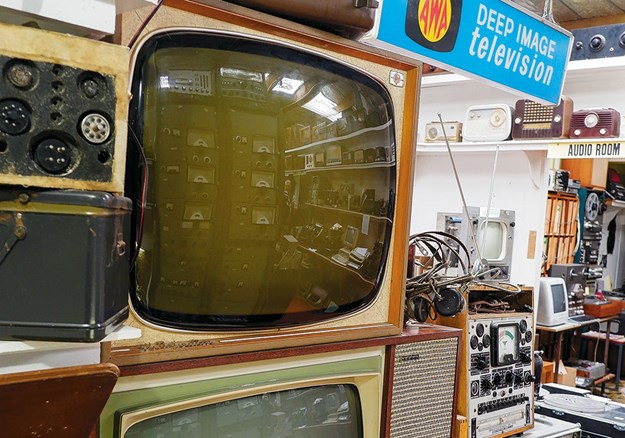 |
|
Flashback to 1960s television sets
|
As my brother and I, and our partners, wandered around, museum volunteer Bernie Hewitt was a helpful guide. We appreciated his input and commentary, and at the end of our visit, told him so. He replied, “As a museum volunteer, you can either sit on your bum or get involved. Often I learn just as much as our visitors do.”
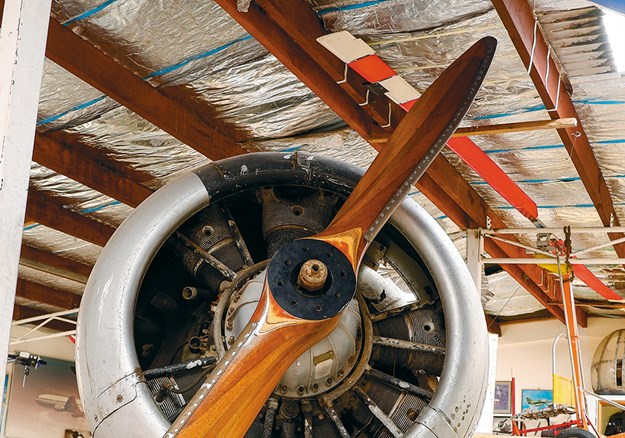 |
|
The $100 Harvard aeroplane
|
VINTAGE MACHINERY
Ian and I grew up on a farm, and he recognised a few pieces of equipment that he or my father used many years ago. He had a chuckle at a chainsaw collection and recalled how he used them without earmuffs or safety guards. He also spotted a blasting gun that Dad used for splitting wood. Phew, wasn’t that overdoing it a bit?
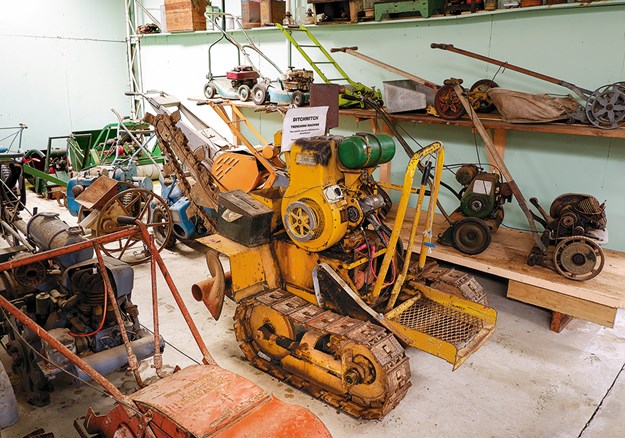 |
|
Need help to dig a hole? This is the machine for you
|
Bernie observed that most machines here do the same operation as modern machinery but are less labour intensive. “Today, if your machine stops in the middle of a field, you have to call in a technician.” He’s probably right, but I bet many contractors with their air-conditioned cabs and digital devices wouldn’t go back to the old ways.
A Bedford fire engine called Little Flick, which serviced the Taupo district, gave us a laugh as we recalled the children’s story, Flick the Little Fire Engine. Just like kids, we took turns to try on the old-fashioned fireman’s helmet and sit in the cab.
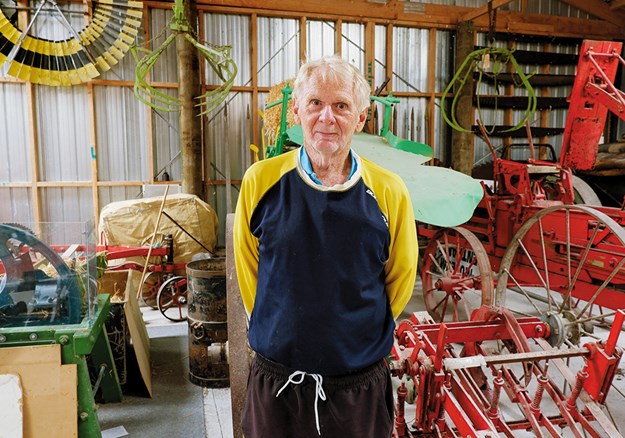 |
|
Our helpful guide, Bernie Hewitt
|
CHANGES IN TECHNOLOGY
A row of television sets from the 1960s and an early computer reminded us how quickly technology changes. We are all eager to embrace the latest device on the market and promptly forget the ones we used to get excited over.
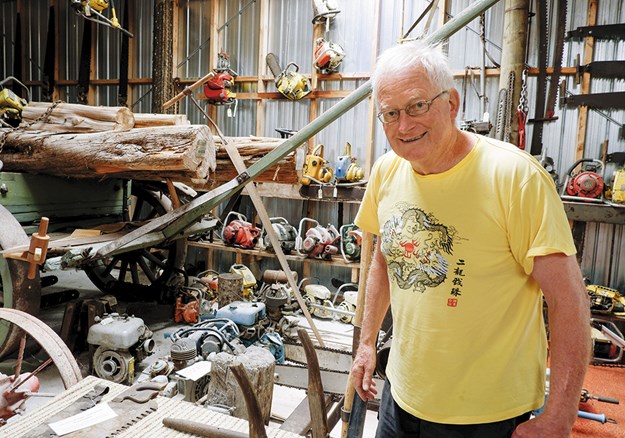 |
|
Ian checks out the farming equipment
|
An audio centre played some excellent music – tuned in to a New Plymouth radio station – and we bopped around to familiar melodies. An early record of Kiri Te Kanawa caught my eye, on display alongside a gramophone – another relic of history.
There is also a printing press, typewriters, telephones, a small dairy factory display and other setups, including the dreaded 1950s dental clinic, which many readers will remember as ‘the Murder House’.
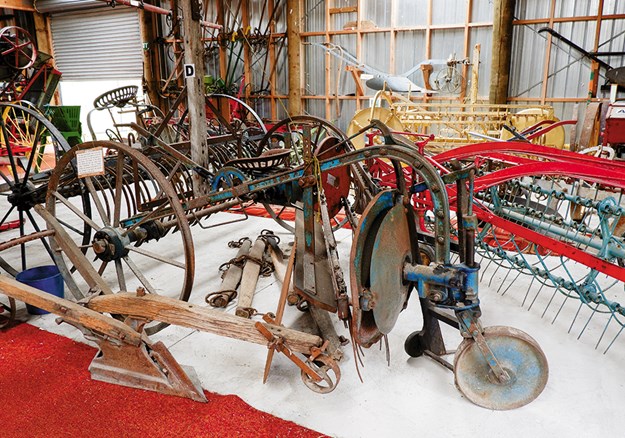 |
|
Well-used agricultural machinery
|
THE BUILDING BEEKEEPER
The household section features a display of hexagonally shaped furniture built by Edgar Roy Brewster (Roy), known in the district as the building beekeeper. He built his house in New Plymouth entirely on a hexagonal design he referred to as Norian (no right angles in nature). Said to mimic how bees build their honeycombs, the Norian, or Beehive House, attracted thousands of visitors. Even the bed quilt was made of patchwork hexagons. When Roy dismantled the house in 1966 he gifted parts of it to Puke Ariki Museum in New Plymouth.
 |
|
A vintage Chevrolet truck
|
 |
|
An early recording by Kiri Te Kanawa
|
AVIATION
Roy was also a keen amateur aviator and built his aeroplane on the Norian principle. It was part of his homespun philosophy and one he applied to all areas of his life.
We saw examples of his aeroplane design, with a honeycomb-shaped wing construction. He also designed a bird-shaped fuselage after watching seagulls take flight.
TATATM purchased the AT-6 Texan Harvard aeroplane for just $100 from the government. Some museum enthusiasts then had it towed and shipped from Woodbourne Airfield in Blenheim to New Plymouth.
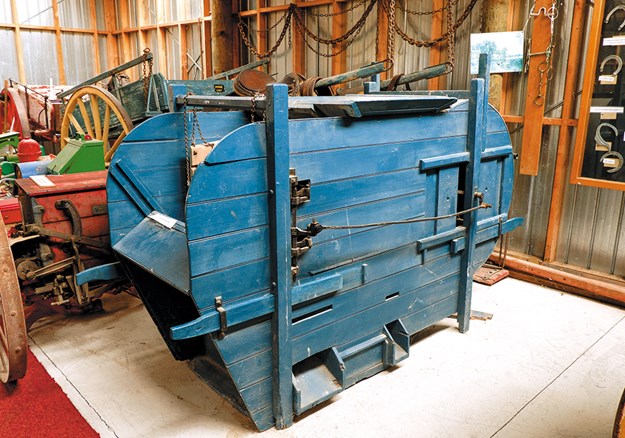 |
|
A winnowing machine used to separate chaff from grain
|
VITAL VOLUNTEERS
Whatever draws people to become involved – a love of history or machinery, being able to tinker with stuff from your past, or the camaraderie of working with like-minded people – volunteers keep museums like this alive. TATATM’s brochure encourages membership: “We need people to keep the museum operational. Members’ tasks include all sorts of activities, from keeping the buildings and exhibits clean, tidy and in good order, to restoring and operating the exhibits. As a TATATM member, you can experience the pleasure and satisfaction of bringing history to life and the exhibits available for future generations.”
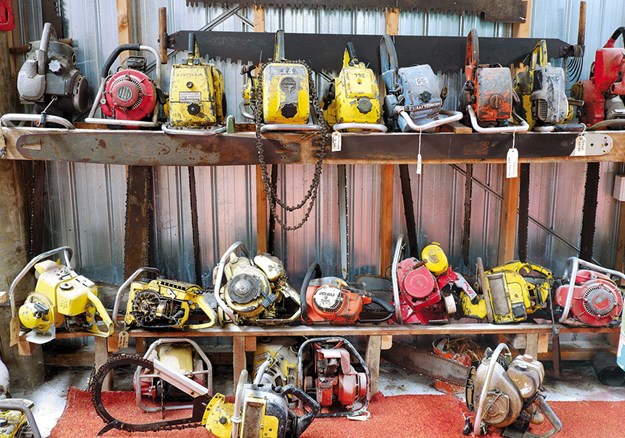 |
|
Chainsaws from around the district
|
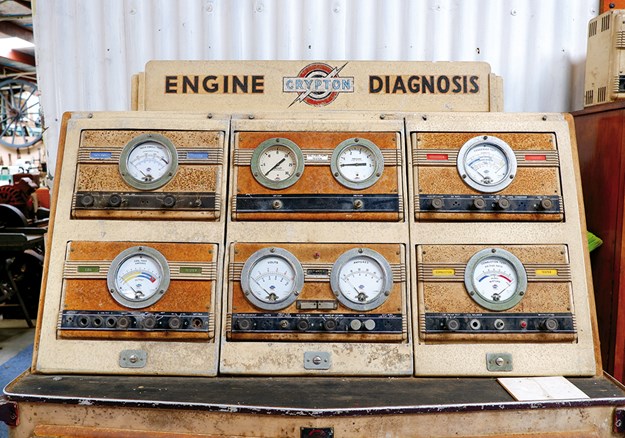 |
|
This trouble-shooting machine tested engine performance
|
MORE INFORMATION
TATATM regularly has open days that feature working machinery displays. Check their website for updates: tatatm.co.nz
Location: TATATM is on the corner of SH3 and Kent Road, New Plymouth.
Opening hours: 10am-4pm, Saturdays, Sundays and public holidays. Wheelchair accessible.
Entry fees: Adults $7, children (under 15) $2, family (two adults and small children) $16. Discount for groups.
Motorhome parking: Overnight parking is available for fully self-contained vehicles. There are three powered sites with plenty of space. The charge is $10 per night, per motorhome.

